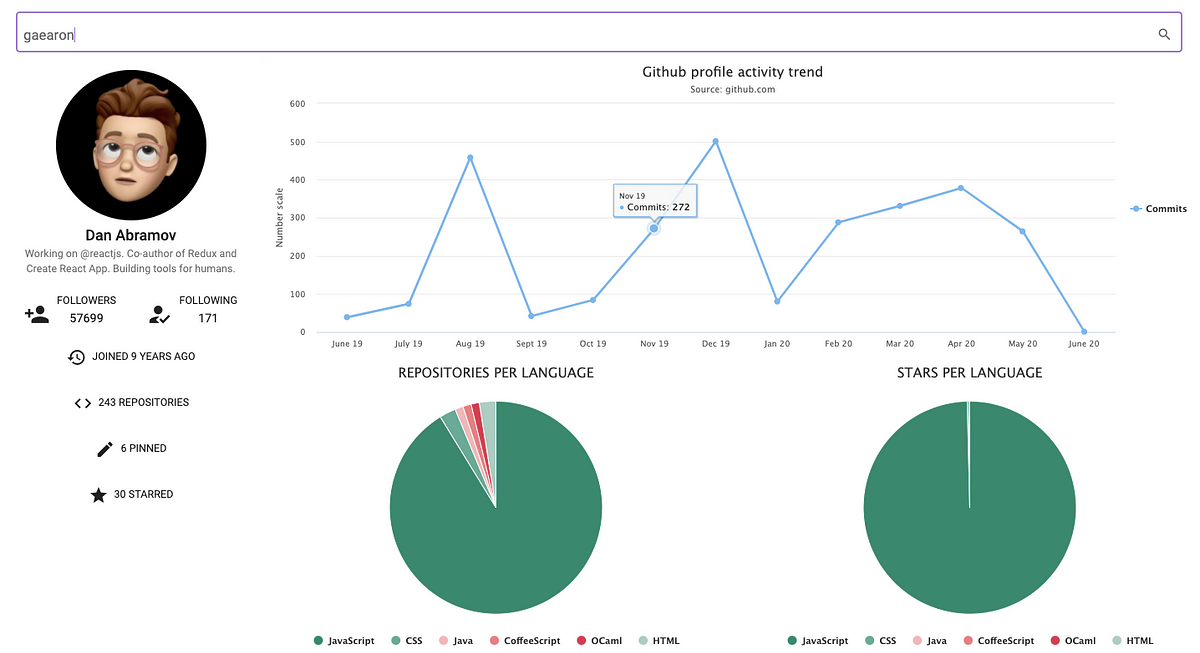First of all, what is Micro Frontend?
Micro Frontend is a micro service approach to front end web development. The concept of Micro Frontend is to think about a web application as a composition of features owned by different independent teams. Each team has a distinct area of business or mission it cares about and specialises in. A team is cross functional and develops its features end-to-end.
Micro front end architecture
We’ve established a good micro service architecture for our backends. It’s time to apply the same principles to our front ends. A lot of firms are moving towards micro frontend from classic monolith architecture like Google, Amazon, Salesforce, Zalando, ThoughtWorks etc.
Amazon’s architecture for micro frontend
There are various implementations for micro frontend approach. But, in this article, we’d be talking about micro frontend implementation using Web Components only.
What are Web Components?
In modern web development, everyone is using components to encapsulate UI functionalities. Web components are low-level browser API that helps us to extend the browser with new components, they provide us a standard interface for defining new components. Web components have a standard way of creating components that use HTML and DOM API that every other front end framework uses and a common way of receiving and sending data using props and events.
Web component simply tells the browser WHEN and WHERE to create a component, not HOW to create a component.
Web Components comprises of 3 concepts:
- Custom Elements: Set of JavaScript APIs that allow you to create your own HTML elements and define the way they behave.
- Shadow DOM: A private DOM that is scoped to your component only and capable of isolating CSS and JavaScript.
- HTML templates. New HTML tags that allows us to create templates for your components.
In simpler terms, you can create your own HTML selector, like
#angular #github #micro-frontends #web-components #react
